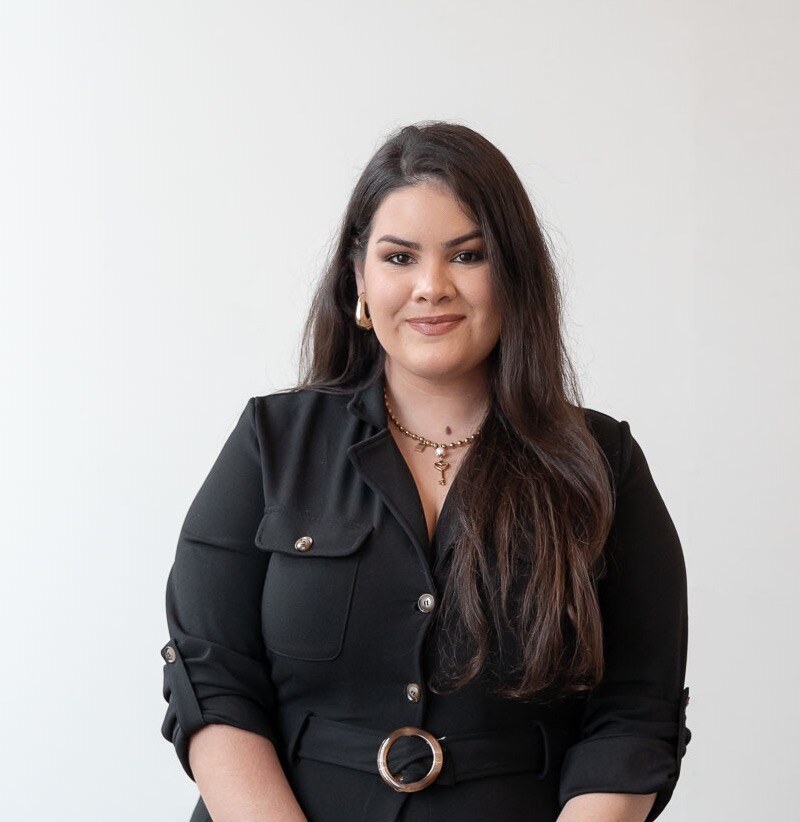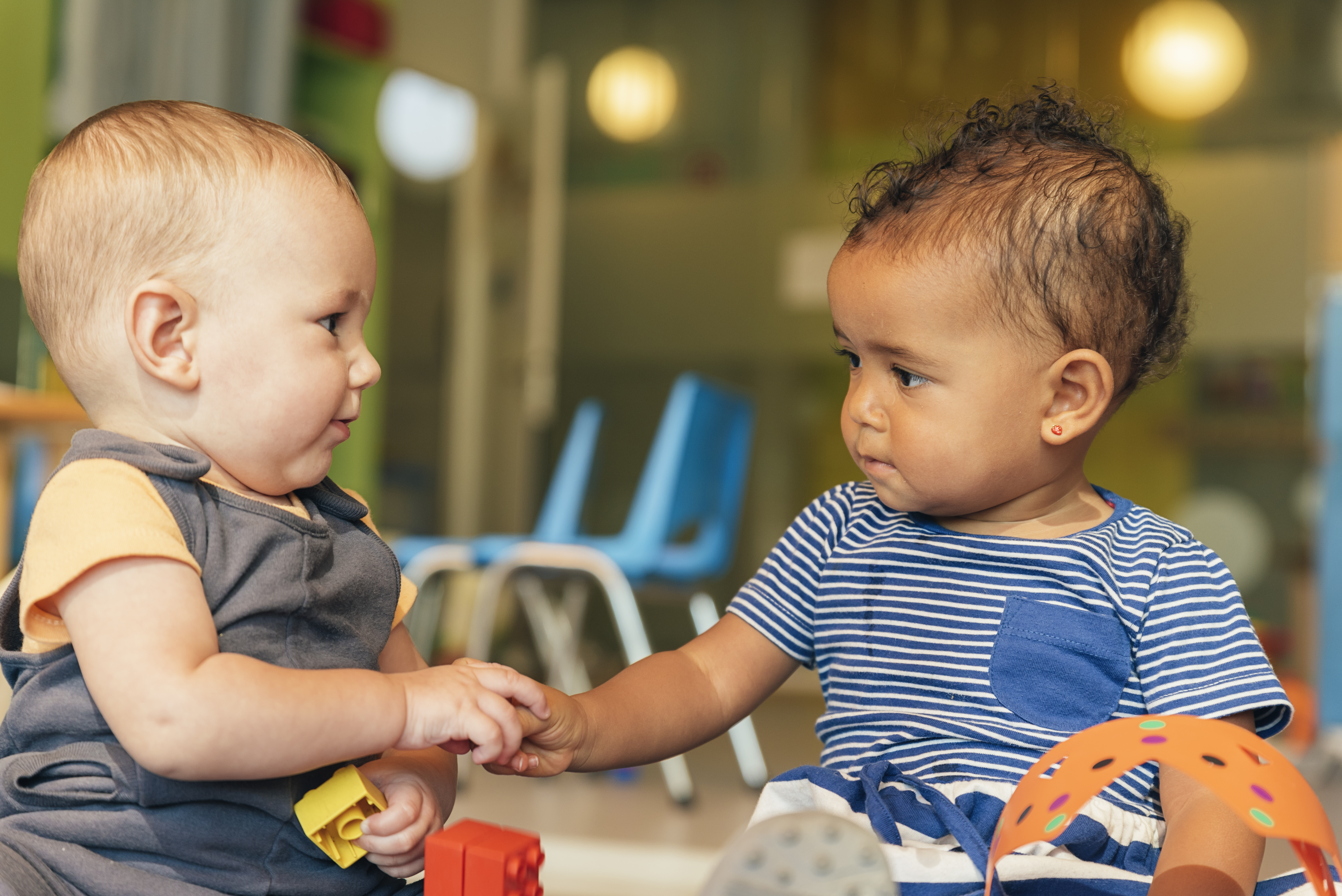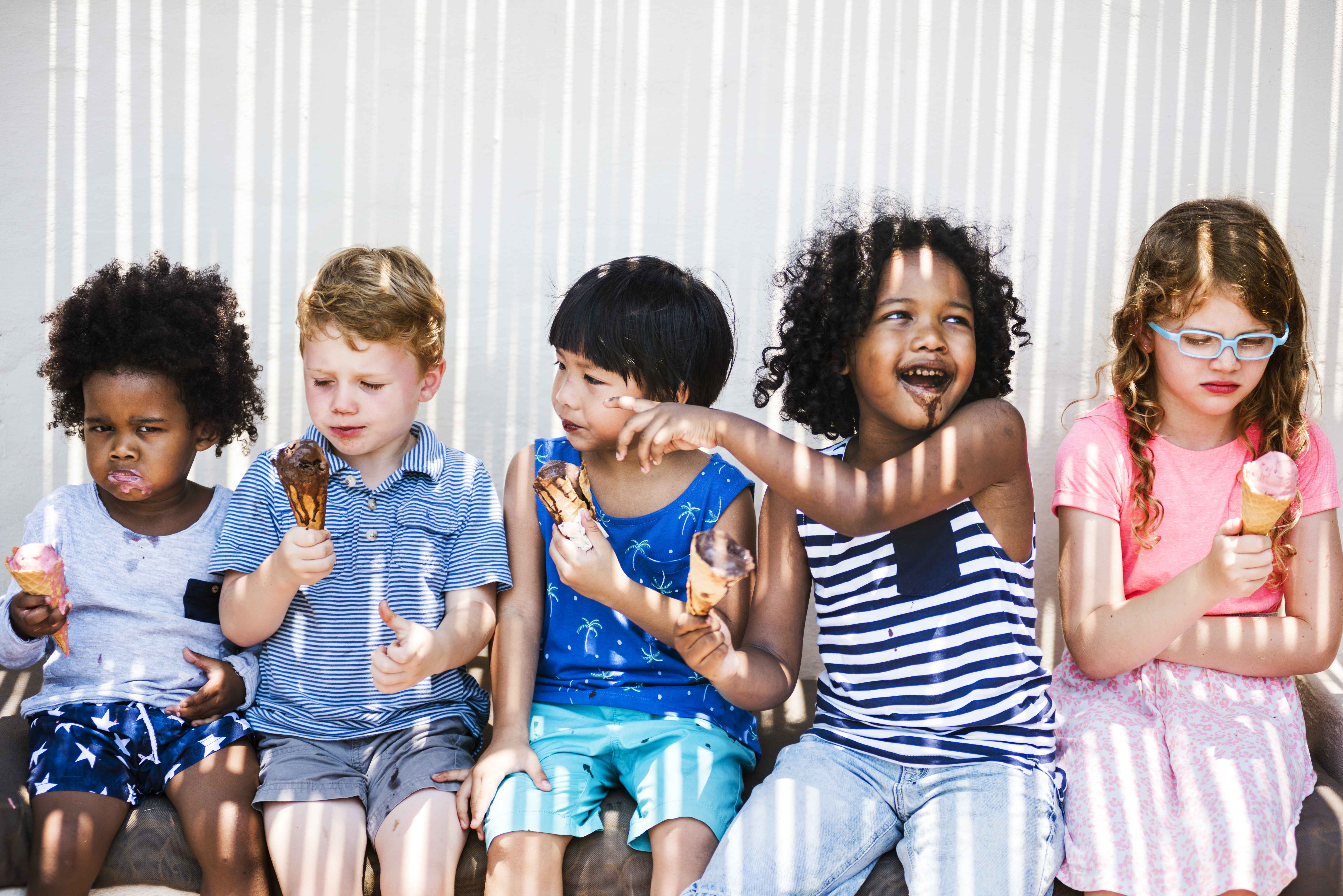Have you ever wondered about the remarkable journey of growth your little one is on? In this insight, we're embarking on a voyage through the early years, uncovering the key developmental milestones that shape the foundation for a lifetime of learning.
Join us as we explore the pivotal moments in a child's development, from those first captivating smiles to the exciting steps toward independence.

Key Developmental Milestones in Early Childhood: Navigating Growth
Early childhood is a time of rapid and astonishing development. Understanding the key milestones helps parents, caregivers, and educators support children in reaching their full potential.
Key Points:
- Cognitive Milestones: Unveiling the mind's capabilities.
- Motor Skills Development: From the first steps to refined movements.
- Social and Emotional Growth: Building connections and understanding emotions.
Cognitive Milestones: Unveiling the Mind's Capabilities
Definition and Examples:
Cognitive milestones encompass a broad range, from a baby's first recognition of faces to a preschooler's ability to solve simple problems. It's the unfolding of the mind's incredible potential.
Benefits:
Understanding cognitive milestones aids in tailoring activities and educational experiences to suit a child's evolving mental capacities, fostering a love for learning.
- 0–3 Months: Focuses on faces, follows moving objects with eyes, begins to
 recognize familiar people.
recognize familiar people. - 4–6 Months: Begins to understand object permanence (that things exist even when out of sight), explores objects by mouthing and shaking.
- 7–12 Months: Begins problem-solving through trial and error, understands cause and effect (e.g., shaking a rattle makes noise).
- 1–2 Years: Can identify objects and people by name, starts to show curiosity by exploring environments, begins to use tools (e.g., spoons) to achieve goals.
- 2–3 Years: Engages in pretend play, understands two-step instructions, begins to sort objects by shape and color.
3–5 Years: Can count to five, understands time concepts (e.g., morning, afternoon), starts reasoning and solving more complex problems.
Motor Skills Development: From the First Steps to Refined Movements
Types of Motor Skills:
Whether it's grasping objects, crawling, or taking those monumental first steps, motor skills development is a journey from basic coordination to more refined movements.
Developmental Impact:
Motor skills are the building blocks for independence. They enable a child to explore the world around them, express creativity, and gain confidence in their abilities.
Key Milestones:
- 0–3 Months:
- Gross Motor: Lifts head while lying on stomach.
- Fine Motor: Opens and closes fists, begins reaching for objects.
- 4–6 Months:
- Gross Motor: Rolls over from tummy to back, begins to sit with support.
- Fine Motor: Grasps toys, moves objects from one hand to another.
- 7–12 Months:
- Gross Motor: Crawls, pulls to stand, may take first independent steps.
- Fine Motor: Pincer grasp (thumb and forefinger) develops, can pick up small objects like cereal.
- 1–2 Years:
- Gross Motor: Walks steadily, climbs stairs with support, begins to run.
- Fine Motor: Begins scribbling, turns pages in books, builds simple towers with blocks.
- 2–3 Years:
- Gross Motor: Jumps with both feet, kicks a ball, climbs without help.
- Fine Motor: Begins to hold a pencil properly, uses utensils, strings beads.
- 3–5 Years:
- Gross Motor: Rides a tricycle, balances on one foot, throws and catches a ball.
- Fine Motor: Can draw shapes, begins writing letters, uses scissors.

Social and Emotional Growth: Building Connections and Understanding Emotions
Definition and Examples:
From a baby's first social smiles to a toddler's burgeoning friendships, social and emotional growth is the foundation for healthy relationships and a strong sense of self.
Life Skills:
The ability to empathize, communicate, and regulate emotions are crucial life skills that emerge during these early years, laying the groundwork for future social success.
Key Milestones:
- 0–3 Months: Begins to smile socially, recognizes and prefers familiar faces and voices.
- 4–6 Months: Shows emotion through facial expressions (e.g., joy, surprise), responds to others’ emotions.
- 7–12 Months: Develops attachment to caregivers, experiences stranger anxiety, waves “bye-bye.”
- 1–2 Years: Engages in parallel play (playing next to but not with other children), begins to express frustration through tantrums, shows affection for familiar people.
- 2–3 Years: Begins to take turns in games, shows empathy (e.g., comforting others), identifies own emotions like happiness or sadness.
- 3–5 Years: Plays cooperatively with others, expresses a range of emotions appropriately, begins forming strong friendships, shows understanding of rules and fairness.
What developmental milestones have you witnessed in your child? Share your experiences, tips, or questions in the comments below!
If you found this blog helpful, share it with fellow parents, caregivers, or anyone curious about the fascinating journey of early childhood development.










